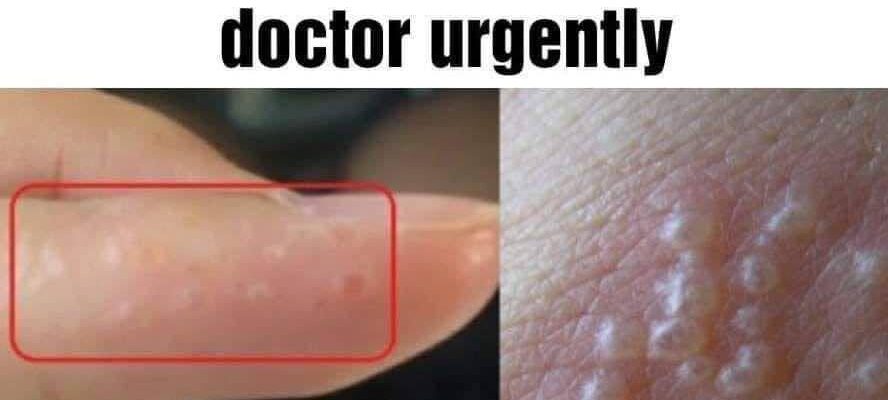Dyshidrotic eczema, also known as pompholyx, is a recurring skin condition that typically worsens in the spring and mainly affects the hands and feet.
It causes small, itchy blisters filled with clear fluid, often resulting in discomfort, cracking, or peeling skin.
Though not contagious, this condition is chronic and incurable, requiring long-term management. Eczema refers to a group of inflammatory skin conditions, with dyshidrotic eczema being a specific type marked by deep blisters on the palms, sides of the fingers, and soles.
It’s most common in adults aged 20–40 and those with allergies, asthma, or a family history of eczema. Triggers include seasonal changes, stress, moisture, allergens like nickel or cobalt, and fungal infections.
Diagnosis is usually based on physical examination, though testing may be done to rule out other conditions. Treatment options include topical corticosteroids, cold compresses, antihistamines, moisturizers, phototherapy, and avoiding known irritants. It’s important not to pop the blisters to prevent infection. Managing dyshidrotic eczema involves recognizing personal triggers, maintaining a consistent skincare routine, and seeking professional guidance when needed. Despite its challenges, this condition is manageable, and individuals can live comfortably with the right care and support.
